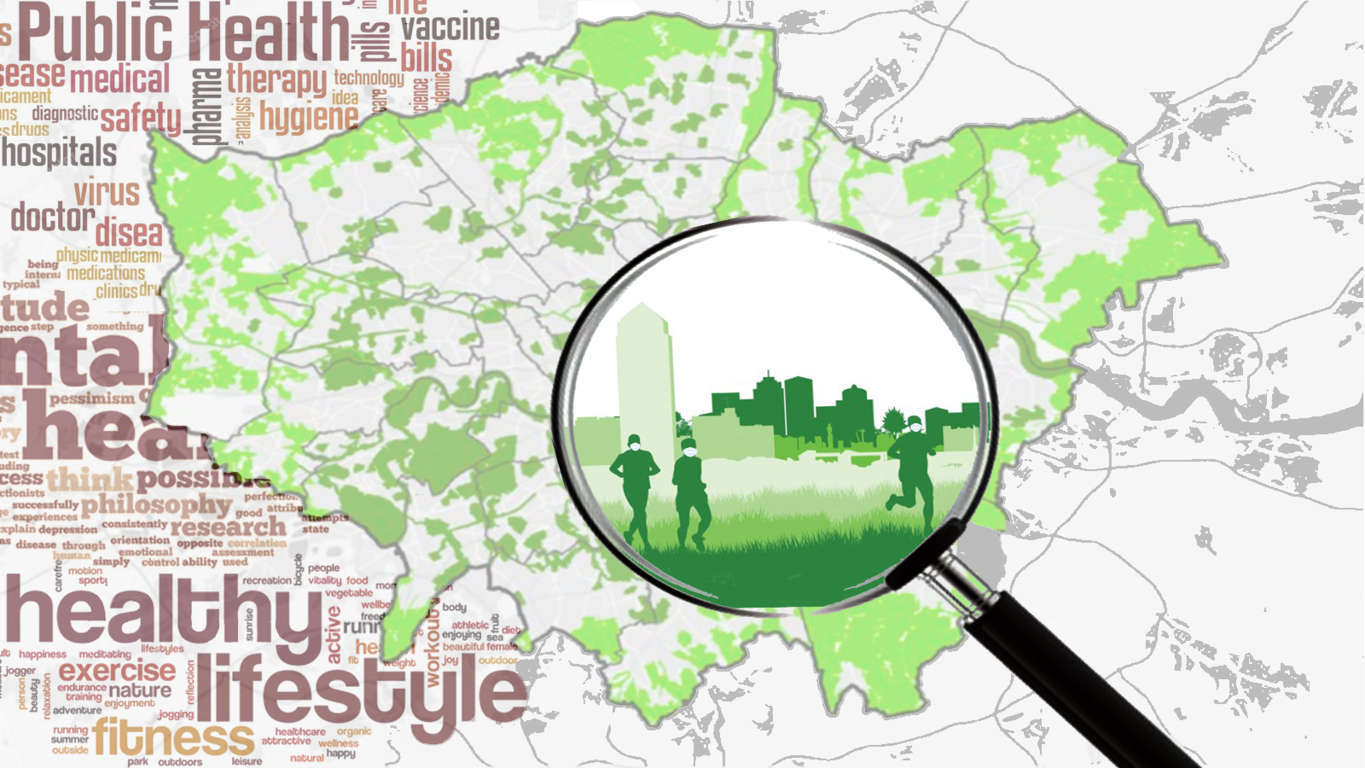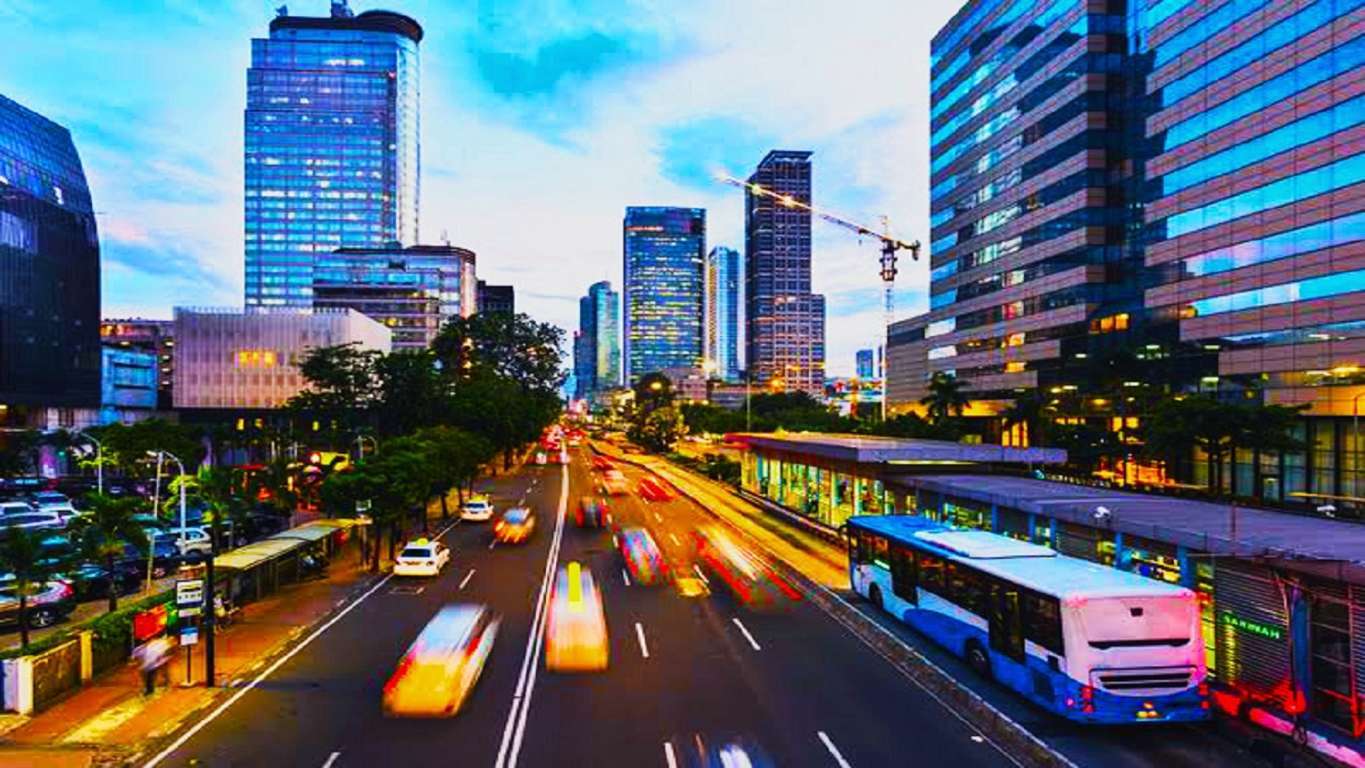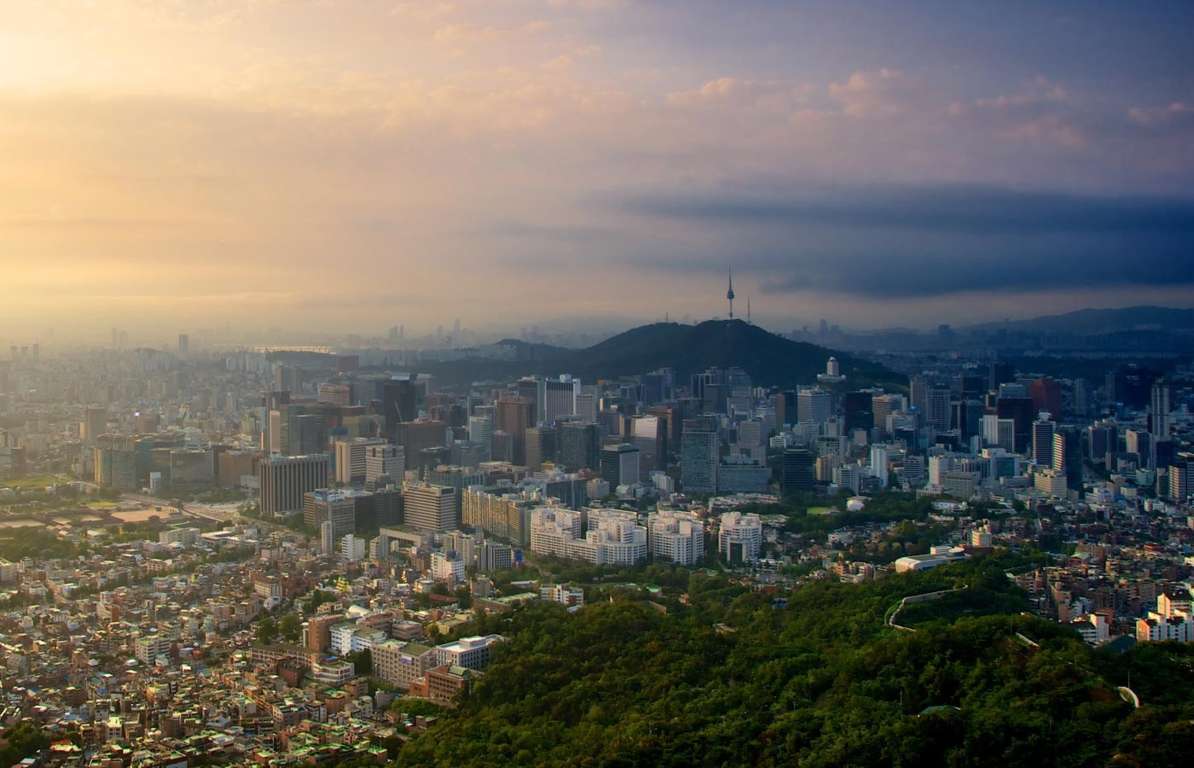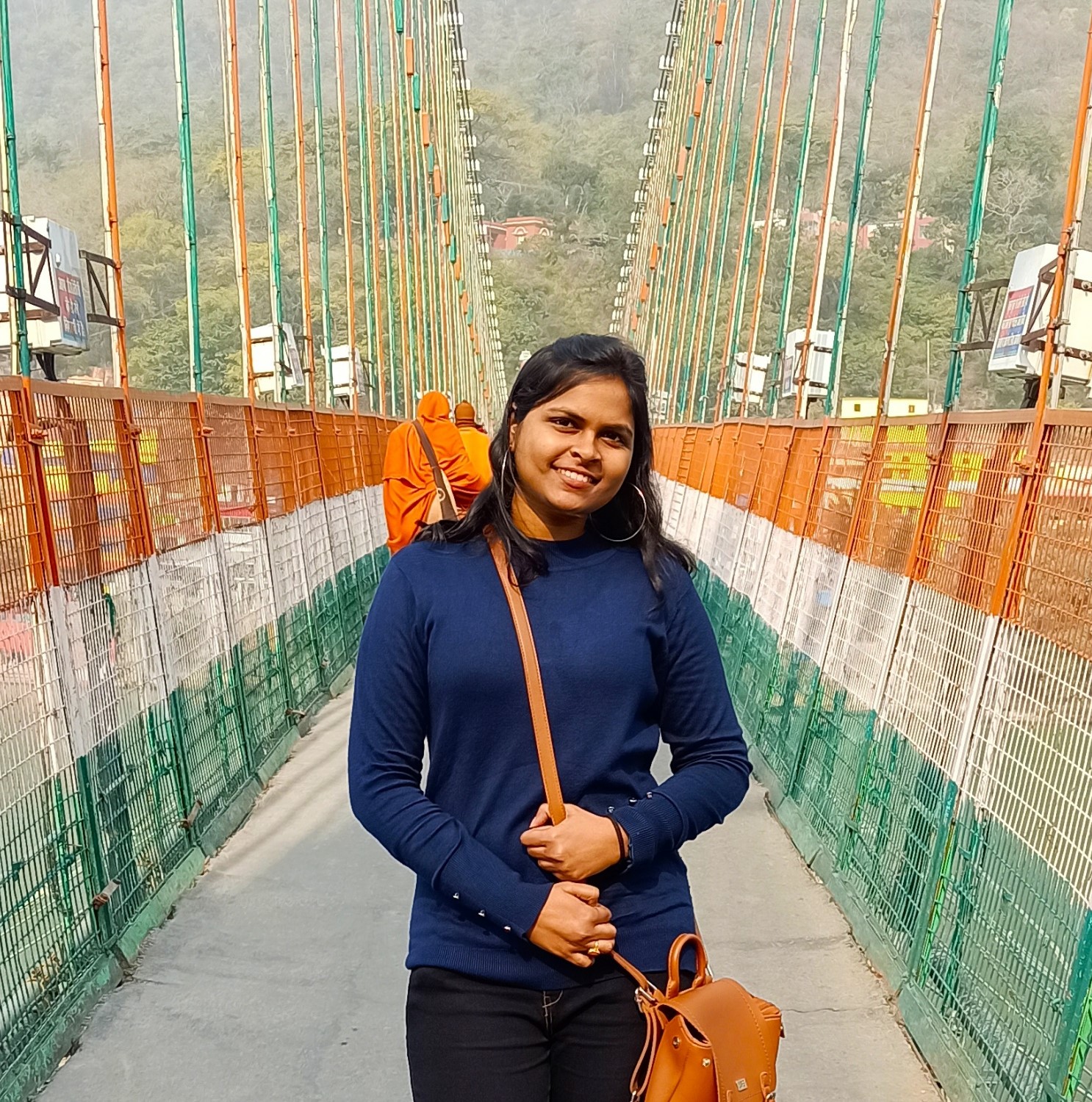PLANNING IN INDIA
INDIA, land of
oldest civilizations, mosaic multicultural experiences with rich and myriad
attractions making it one of most popular tourist destinations of the world. If
we go back in the past or live in the present we find many stories to talk
about our nation, every city of this country has a story so let’s get back into
the past and learn how this country has its most popular cities of the world
may it be for its heritage, festivals, culture and definitely its food but
WHY AREN’T CITIES OF INDIA KNOWN FOR
ITS PLANNING? WHAT IS MISSING ABOUT PLANNING IN INDIA?
|
|
Going back in time, settlements in India were identified from its early
civilization “The Indus Valley
Civilization” (3300-1300 BCE). Our entire school history had a word to tell
about this civilization. What made this civilization so important for our
nation’s history is it only that it was First Human Settlement along the river
Indus? Honestly, No. It is its planning
indeed.
|
|
There is another
period where education flourished, it was the Buddhist Period (321 BC- 185 BC), town planning narrations of this
era is descripted in ‘Artashastra’ a book written by Chanakya, chief minister
in the kingdom Chandragupta Maurya. The capital was laid on grid-iron pattern
consisting of 16 sectors, most of the houses had gardens with wells and ponds,
waste water was carried out by means of underground drainage, the city of
Patiliputra then capital of Mauryan Dynasty is today’s Patna was had a deep
moat 180m wide and further protected by
ramparts stretching more than 40 km long studded with 64 gates and 570 towers.
Time travelling to
the Medievel Period (6th-12th Century) of
our nation’s history, the palaces were provided with guard rooms at various
strategic points for guards, equipped with arms, weapons, and well–defended by
machinery.Common residential houses, houses of Kings, special houses- assembly
halls and council chambers, animal- sheds and stables, for cows, horses, and
elephants were all planned.
Without checking
in to the Golden Era of our nation, “The
Mughal Era (1526 AD- 1707 AD)” which was characterized by political unity,
centralized administration, a uniform revenue system, fairly a good network of
inland trade, growing economic links and overseas trade. The Mughal
architecture remembered for combined finest features of Indian and foreign
architecture, characterized with domes of various shapes, decorated arcs, tall
minarets, balconies, and well balanced proportion of the building is another
beautiful part of their architect. Marvelous Mughal gardens constructed between
Central Asia and South Asia are beautiful examples of landscape architecture.
PLANNING IS NOT A NEW IDEA OR
SCIENCE IN INDIA. IT IS AS OLD AS ITS RICH CULTURE & TRADITION. THEN, WHY ARE MOST OF CITIES OF THIS NATION FACING
URBAN PLANNING ISSUES??
During the
Colonial rule our nation lost most of its beauty and wealth. British planning
for Indian cities labored under serious internal contradictions. As a colonial
power, Britain ruled India primarily for its own benefit, yet it had to address
all the issues of urban administration that any government confronts: design
and control of space; provision of water, sewerage, roads, street lighting; and
police. The British introduced concepts of urban planning – based largely on emerging
European ideals of health and sanitation: improved roads, spaciousness, order
and beautification.
After the nation
celebrated its independence in 1947, there were high crisis to tackle over by
the Indian Government such as poverty, illitracy, health, education etc,. Here,
GoI introduced various policies to solve the issues of the citizens in the
nation but the greater challenge was the nation’s growing population which is
made India the 2nd highest populated country in world with the
population of 135.26 crores (2018). The 5 Year Plans were introduced to solve
the country’s socio-economic status, growing population and poverty crisis. In India, 21.9% of the population lives
below the national poverty line in 2011. Poverty line estimation in India
is based on the consumption expenditure and not on the income
levels.
Having the look on the current situtaion of
the nation the only question that arises is where is the oldest idea or science
of urban planning in india lost?SINCE A VERY LONG TIME THIS NATION IS STILL A
DEVELOPING COUNTRY WHY ISN’T IT YET DEVELOPED??
I’m a student of B.Planning at
Nitte School of Architecture, Planning & Design; Bangalore. I would
definitely speak about my own city which was once known to be “Garden City” or “Pensioner’s Paradise”
and today the city is turned out to be a Garbage
City. The infrastructure and landscape of this city wasn’t planned for its
|
|
NUSRATH SULTANA
Student of B.Planning
Nitte School of Architecture, Planning &
Design
Contact: nusrathsultana912@gmail.com Phone: +917975812191
Related Articles

HEALTHY CITIES: A NEW NORMAL FOR COVID-19 ADAPTATION AND MITIGATION

Smart Roads: An Integrated Technology for Future Innovative India

CREATING POPULATION DENSITY MAP

TACKLING ISSUES OF PERI-URBANISATION: A SMART REGION APPROACH






